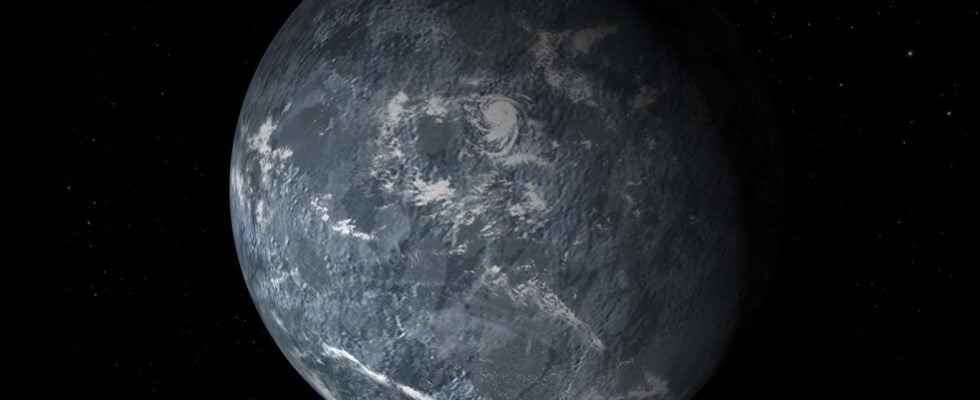First evidence of a magnetic field produced by an exoplanet, with the help of Hubble. When is the first detection around an exoterre?
You will also be interested
[EN VIDÉO] The first radio signal from an exoplanet Researchers at Cornell University (United States) recorded what looks like a radio signal from an exoplanet about 50 light years from Earth, Tau Bootis Ab. The signature, they tell us, of its magnetic field. The promise of now having a new tool to study the planets located outside our Solar System. @ Ryan MacDonald, Carl Sagan Institute, Cornell University
One magnetic field is a parameter physical important defining the evolution and habitability of a planetary environment. For example, the terrestrial magnetosphere protect our atmosphere of the’solar wind erosion and thus preserves life on its surface. All the bodies of the Solar system do not have intrinsic magnetospheres, while their presence on exoplanets, although examined with observations ofemissions radio, has so far escaped detection.
Using the observations of the hubble space telescope, a new study published in Nature Astronomy reports the first unambiguous detection of a magnetosphere for the exoplanet HAT-P-11b, a gaseous planet of type Neptune discovered in 2008 (123 light years of the Solar System).
How to detect the magnetic field of a distant planet?
The detection and characterization of the planetary magnetic field is carried out by tracking the atoms of carbon ionized formed in the planet’s atmosphere. When these ions escape from the atmosphere, they are captured by the magnetic field, and their detection at great distances from the planet traces the properties of the magnetic field.
To accomplish this task, the international research team simulated in detail the physical and chemical formation and evolution of these ions from the deep atmosphere to the extended environment between the exoplanet and its star host using a combination of advanced models developed in France (IAP, CEA, GSMA) and internationally. The observations were obtained thanks to the HST / PanCET research program dedicated to the characterization of atmospheres of exoplanets.
Models of exoplanet formation may be inaccurate
Analysis of Hubble’s measurements also suggests that the exoplanet has a metallicity much lower (a measure of the number of atoms heavier than thehydrogen present in the planet) than predicted by theoretical models, in agreement with other independent studies. This result is significant, as it adds credit to the conclusion that HAT-P-11b (26.7 times the mass of Earth) probably really has lower metallicity than expected. This means that the exoplanet formation models may be inaccurate, suggesting that more work needs to be done to refine current theories on the formation and evolution of some exoplanets.
By measuring atmospheric metallicity and simultaneously detecting the planetary magnetic field, this study also provides – for the first time – a bridge between two subjects of planetary science that are generally not connected: the physics of the interior of the planets. and the meteorology space (the study of a planetary magnetosphere).
Interested in what you just read?
.
fs3
